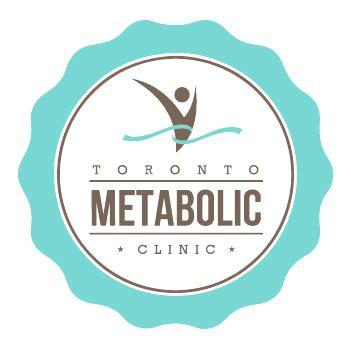Psychotherapy is a commonly known as talk therapy because it is by talking about the challenges, symptoms, concerns that the client has with the therapist that one is able to resolve the issues and grow as a more balanced person. It is a collaborative treatment based on the relationship between an individual and a therapist. Grounded in dialogue, it provides a secure environment that allows you to talk openly with someone who’s objective, neutral and nonjudgmental.
There are many different approaches to psychotherapy. Psychotherapists generally draw on one or more of these. The theoretical perspective or expertise of the therapist acts as a roadmap to understand their clients and their problems and develop solutions. The therapist considers the unique needs and condition of the client and follows the theoretical perspective of the best suited for the client and one’s own expertise.
Cognitive Behavioural Therapy (CBT) enables the client to identify, examine and modify the dysfunctional beliefs that are related to the distress. CBT is a practical, short-term form of psychotherapy. It stems from the approach built on a two-way relationship between thoughts (“cognitions”) and behaviours. The therapy involves the understanding that making changes in our thoughts can change our feelings and behaviour.
Brief Solution Focused Therapy is about focusing on solutions, rather than on problems. The therapist rather works on thinking about what helps to get to solutions that would bring on realistic, reasonable relief as quickly as possible.
Healthy Mindfulness Based Stress Reduction (MBSR) Therapy, Progressive Muscle Relaxation (PMR), and guided meditation are some other tools used to work on the client concerns. MBSR is a blend of meditation, Healthy Body awareness, and yoga: learning through practice and study how your Healthy Body handles (and can resolve) stress neurologically; whereas PMR teaches how to relax muscles through a two-step process. This exercise helps to lower overall tension and stress levels, and relief from anxiety. It can also help reduce physical problems such as stomach aches and headaches, as well as improve sleep.
Therapy can be provided to an individual in a clinical setting face to face, on telephone or online. Group therapy involves one or more therapists who lead a group of roughly five to 15 patients. Typically, groups meet for an hour or two each week. Some people attend individual therapy in addition to groups, while others participate in groups only. Groups can act as a support network and talking and listening to others with similar concerns helps one put own problems in perspective.



